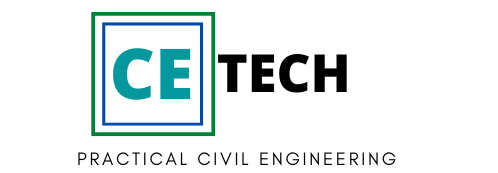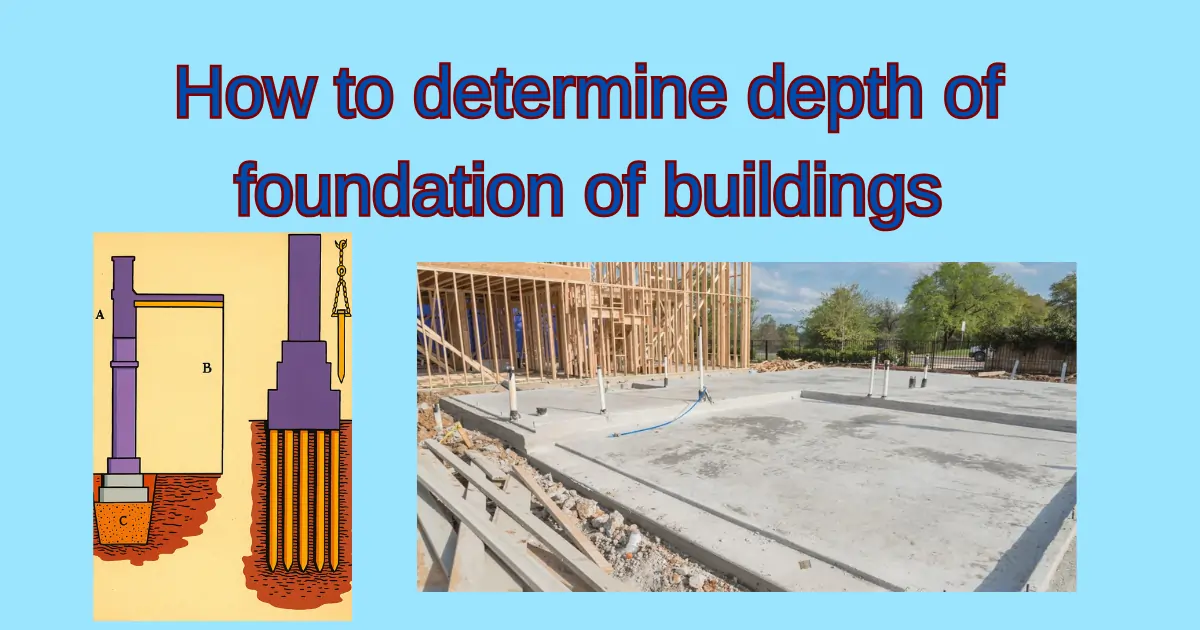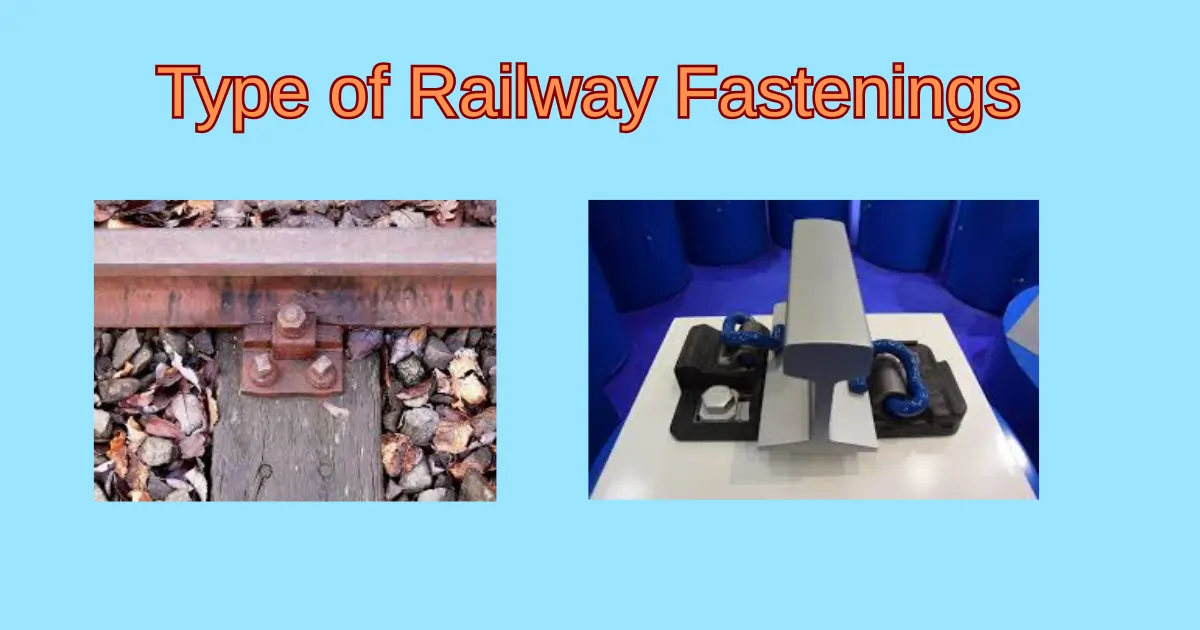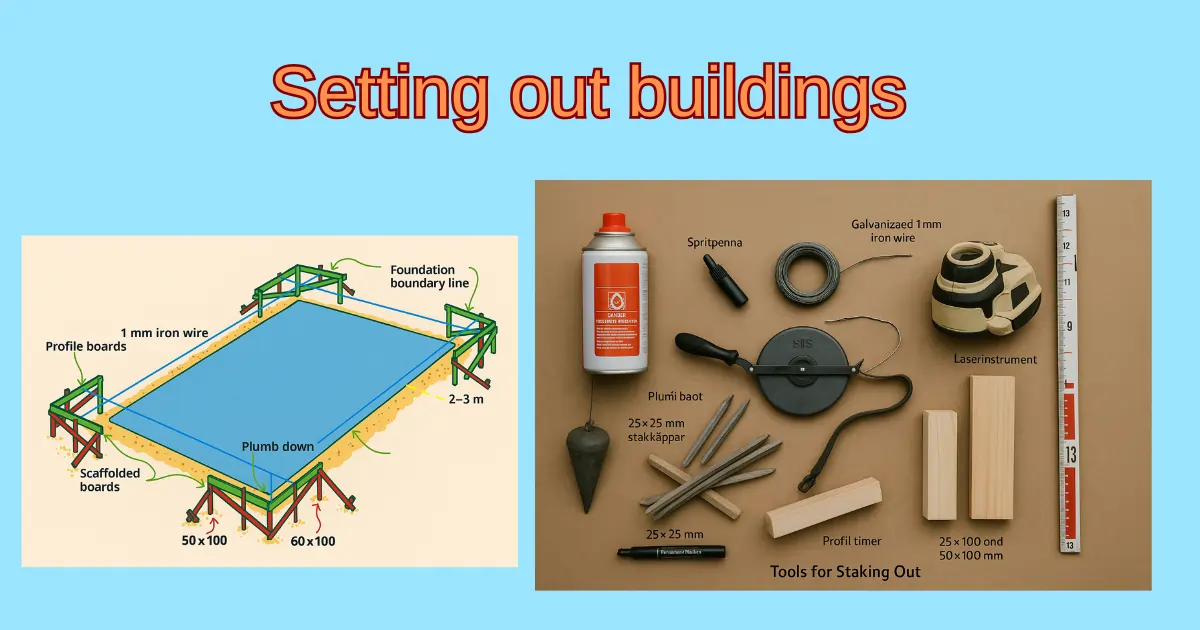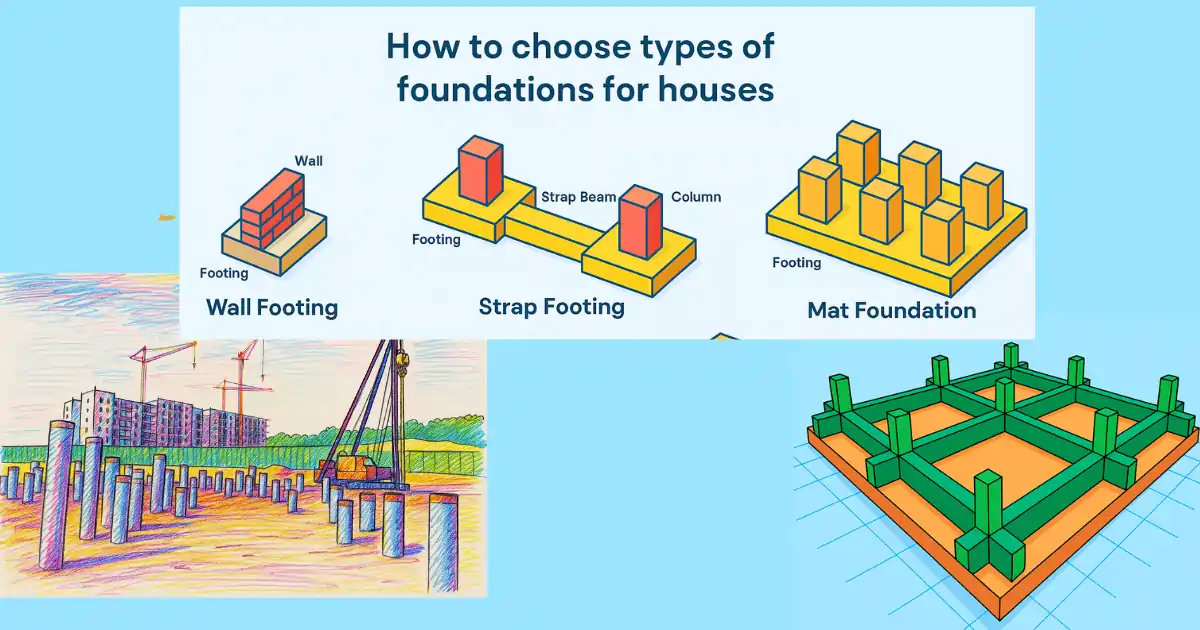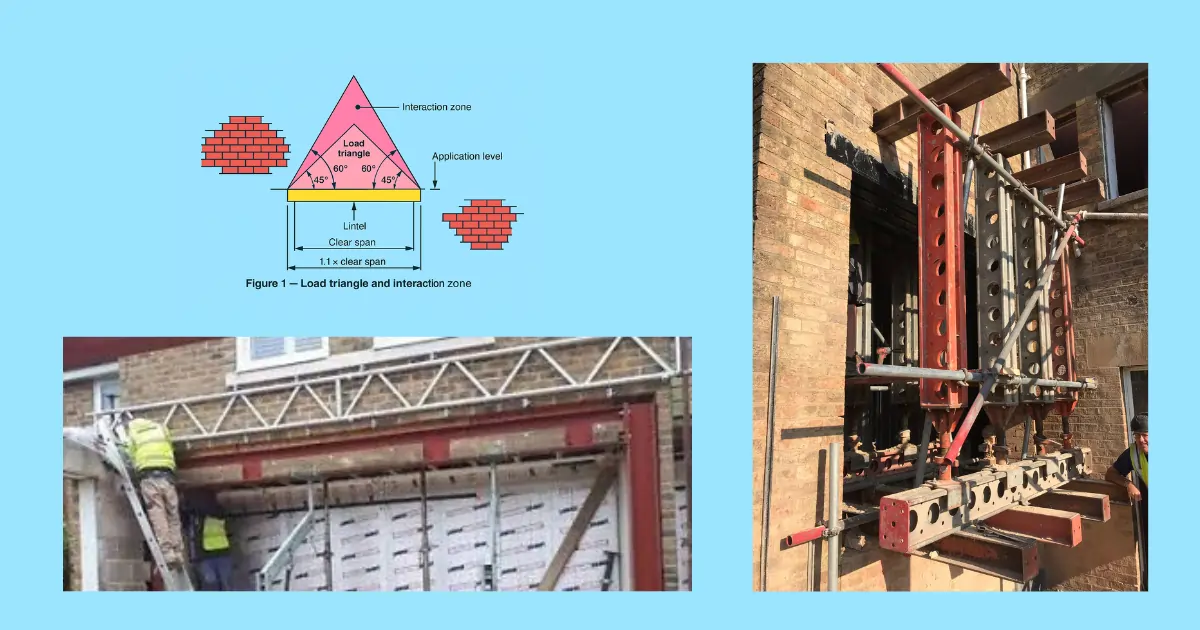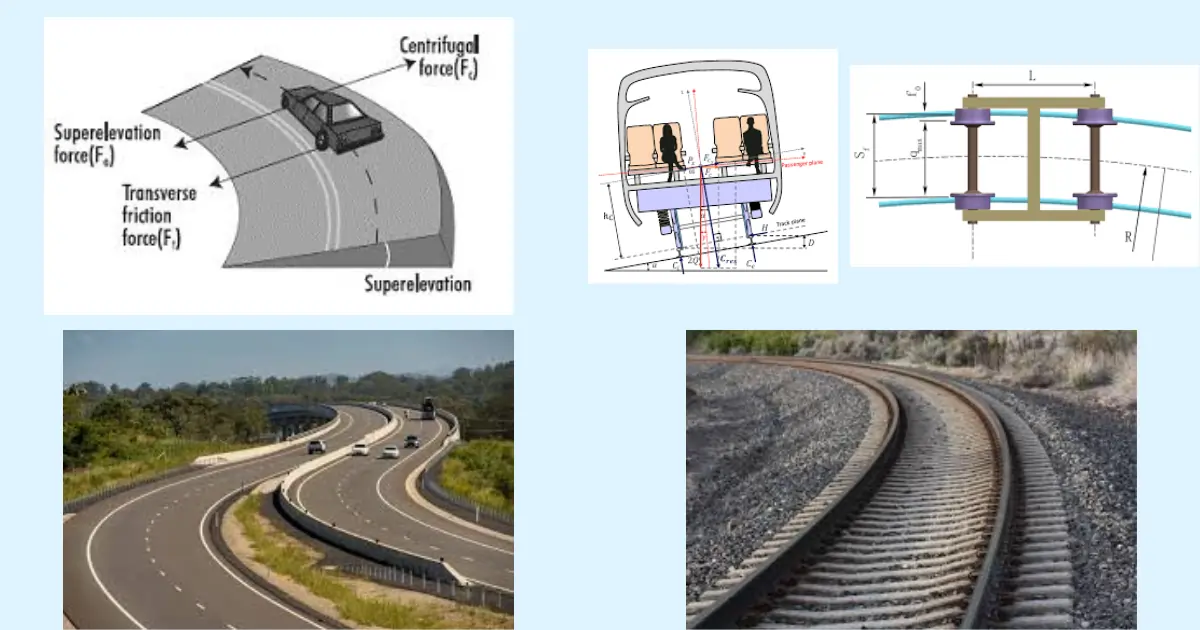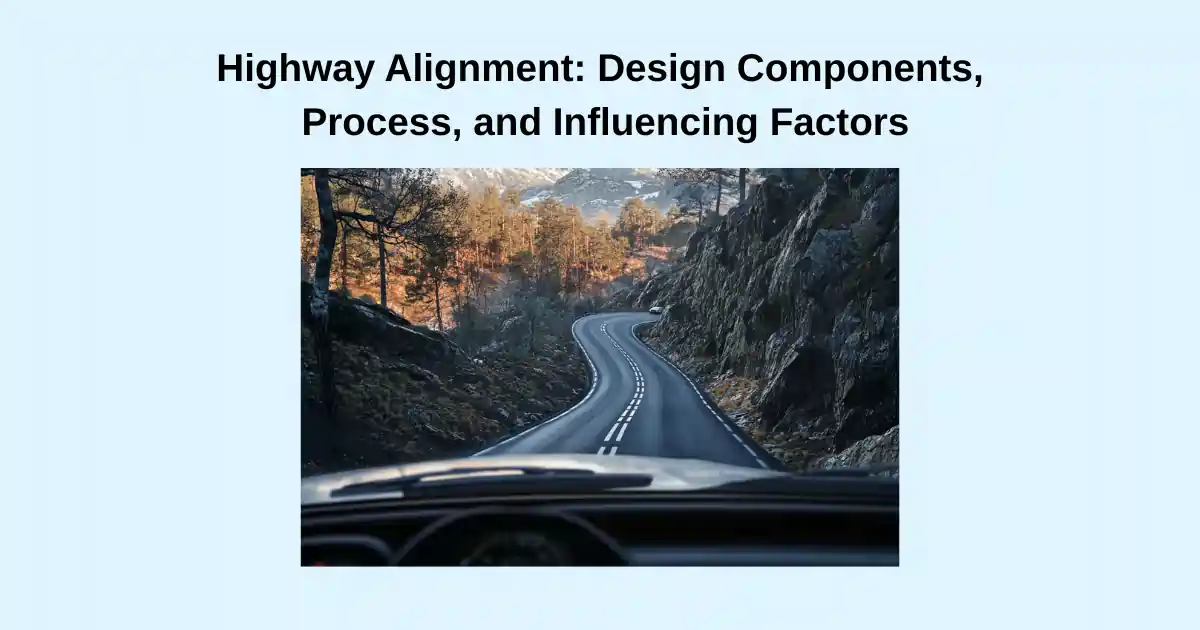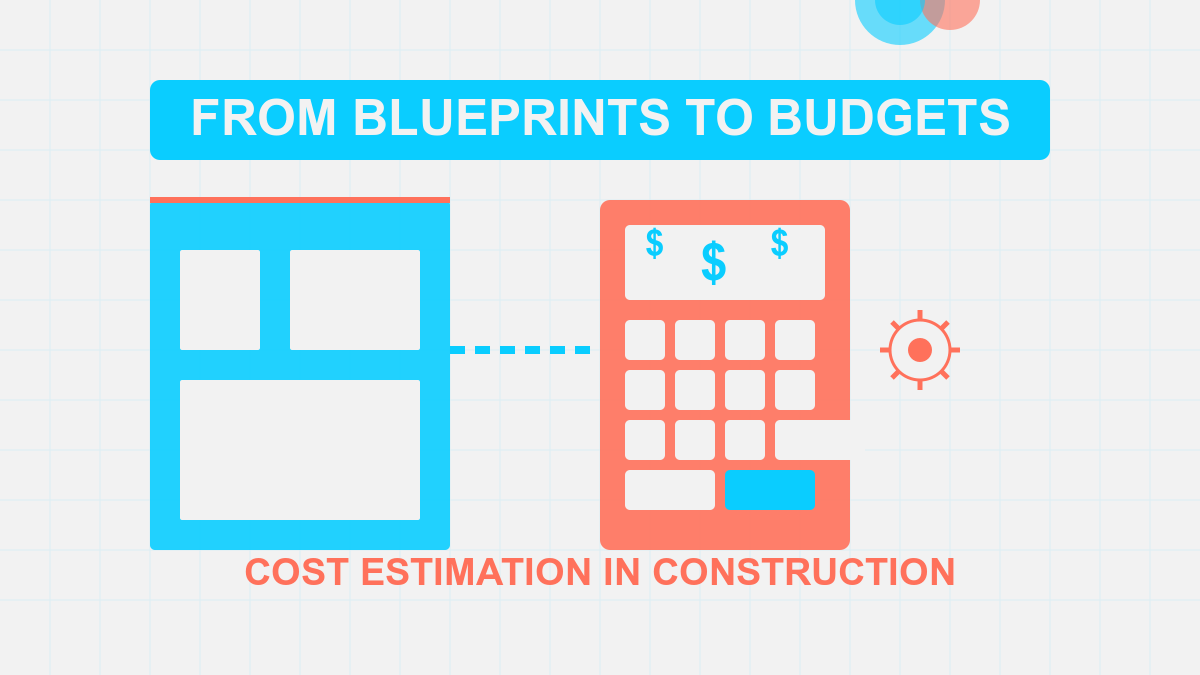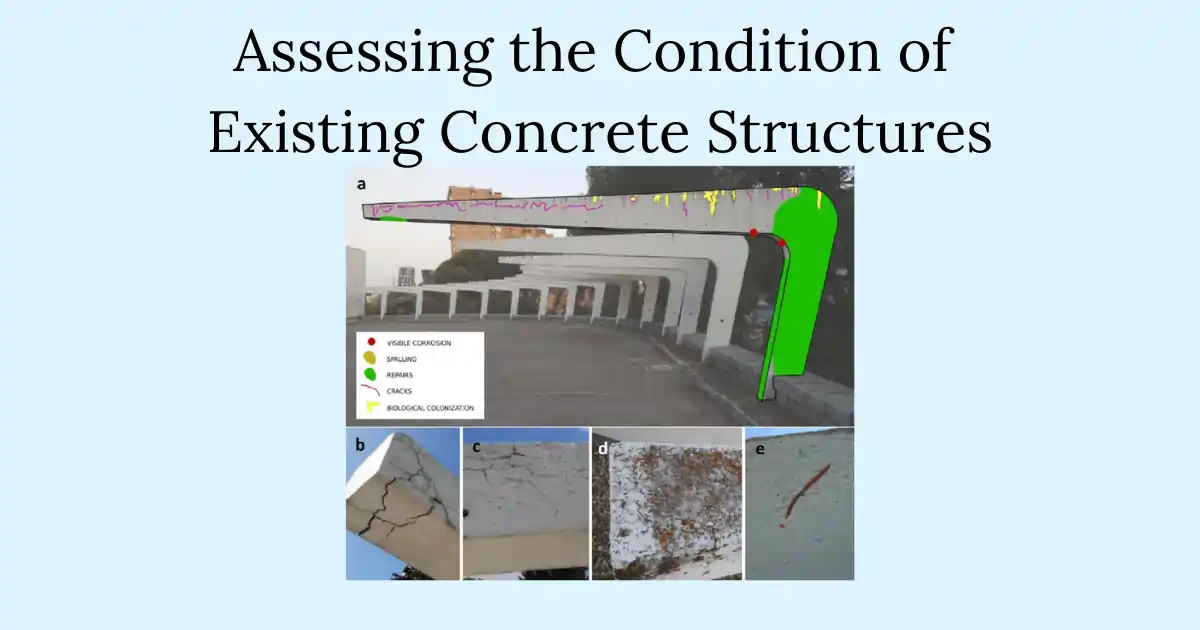Foundation Depth Selection for Houses: Key Factors and Considerations
Choosing the correct foundation depth is one of the most critical decisions in residential construction, directly impacting the structural integrity, safety, and longevity of a building. The foundation depth must be carefully determined based on multiple interconnected factors including soil conditions, building characteristics, environmental considerations, and local building codes. The selection of foundation depth is … Read more
